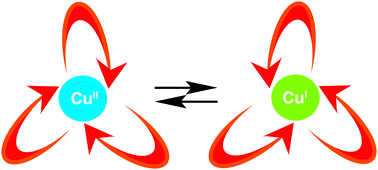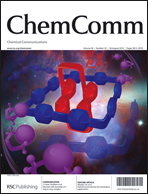Ligand design principles based on acyclic conformational analysis, dynamic stereochemistry, and hard-soft ligand–metal coordination have led to the development of several redox-triggered chiroptical molecular switches. Factors controlling the helicity of copper(I) and copper(II) coordination complexes were explored and exploited to create a series of stereodynamic complexes that exhibit remarkable chiroptical properties. In some systems, strong circular dichroic signal could be modulated between on and off states, while in others, it was possible to invert the ellipticity by one-electron oxidation/reduction. These complexes are of inherent interest for their dynamic stereochemical properties, but may also find use in optical display technology, data storage, telecommunications, or electromechanical devices.
You have access to this article
 Please wait while we load your content...
Something went wrong. Try again?
Please wait while we load your content...
Something went wrong. Try again?


 Please wait while we load your content...
Please wait while we load your content...